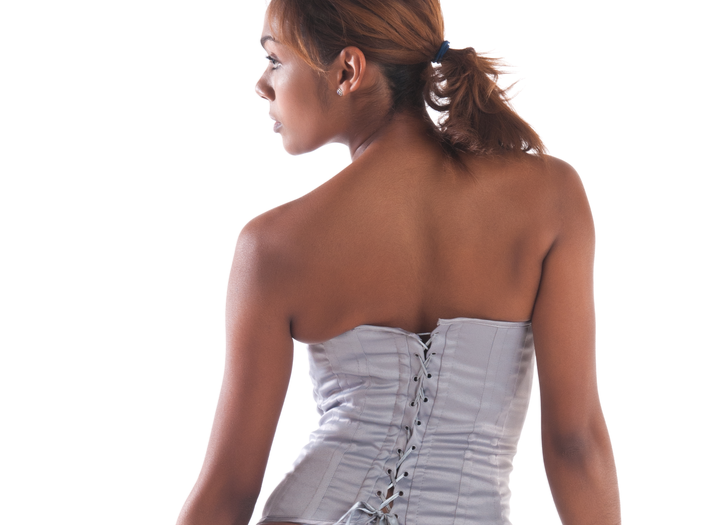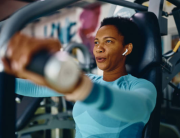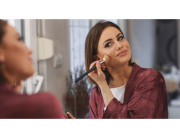The most common and well-known use of corsets is to slim the body and make it conform to a fashionable silhouette. For women, this most frequently emphasizes a curvy figure by reducing the waist and thereby exaggerating the bust and hips. However, in some periods, corsets have been worn to achieve a tubular straight-up-and-down shape, minimizing the bust and hips.
An “overbust corset” encloses the torso, extending from under the arms toward the hips. An “underbust corset” begins just under the breasts and extends toward the hips. A “longline corset”—either overbust or underbust—extends past the iliac crest or the hip bone. A longline corset is ideal for those who want increased stability, have longer torsos, or want to smooth out their hips. A “standard” length corset will stop short of the iliac crest and is ideal for those who want increased flexibility or have a shorter torso. Some corsets, in very rare instances, reach the knees. A shorter kind of corset covering the waist area (from low on the ribs to just above the hips) is called a waist cincher. A corset may also include garters to hold up stockings; alternatively, a separate garter belt may be worn.
Traditionally, a corset supports the visible dress and spreads the pressure from large dresses, such as the crinoline and bustle. At times, a corset cover is used to protect outer clothes from the corset and smooth the corset lines. The original corset cover was worn under the corset to provide a layer between it and the body. Corsets were not worn next to the skin, possibly due to difficulties with laundering these items during the 19th century, as they had steel boning and metal eyelets that would rust.
Additionally, even in bodies/stays/corsets without metal components, many wearers find the feeling of a tight garment right against them to be uncomfortable, with sweatiness being the most common complaint. Light linen or cotton shifts (also called chemises) were worn beneath corsets to absorb sweat, protect the corset and wearer from each other, and function as underwear and protect other garments from the wearer and their sweat. The corset cover was generally in the form of a light chemisette, made from cotton lawn or silk. Modern corset wearers may wear corset liners for many of the same reasons. Those who lace their corsets tightly use the liners to prevent burn on their skin from the laces.
People with spinal problems, such as scoliosis, or internal injuries, may be fitted with a back brace similar to a corset. However, a back brace is not the same thing as a corset. This is usually made of plastic or metal. A brace is used to push the curves so that they don’t progress, and sometimes they lower the curves. Braces are used mostly in children and adolescents.







Add Comment
You must be logged in to post a comment.